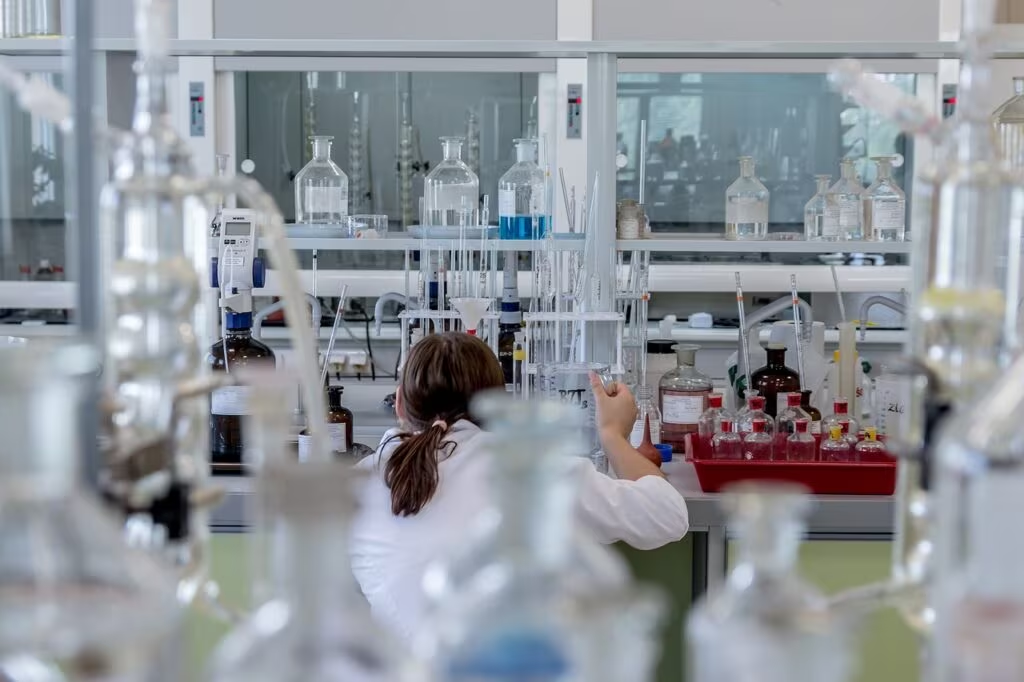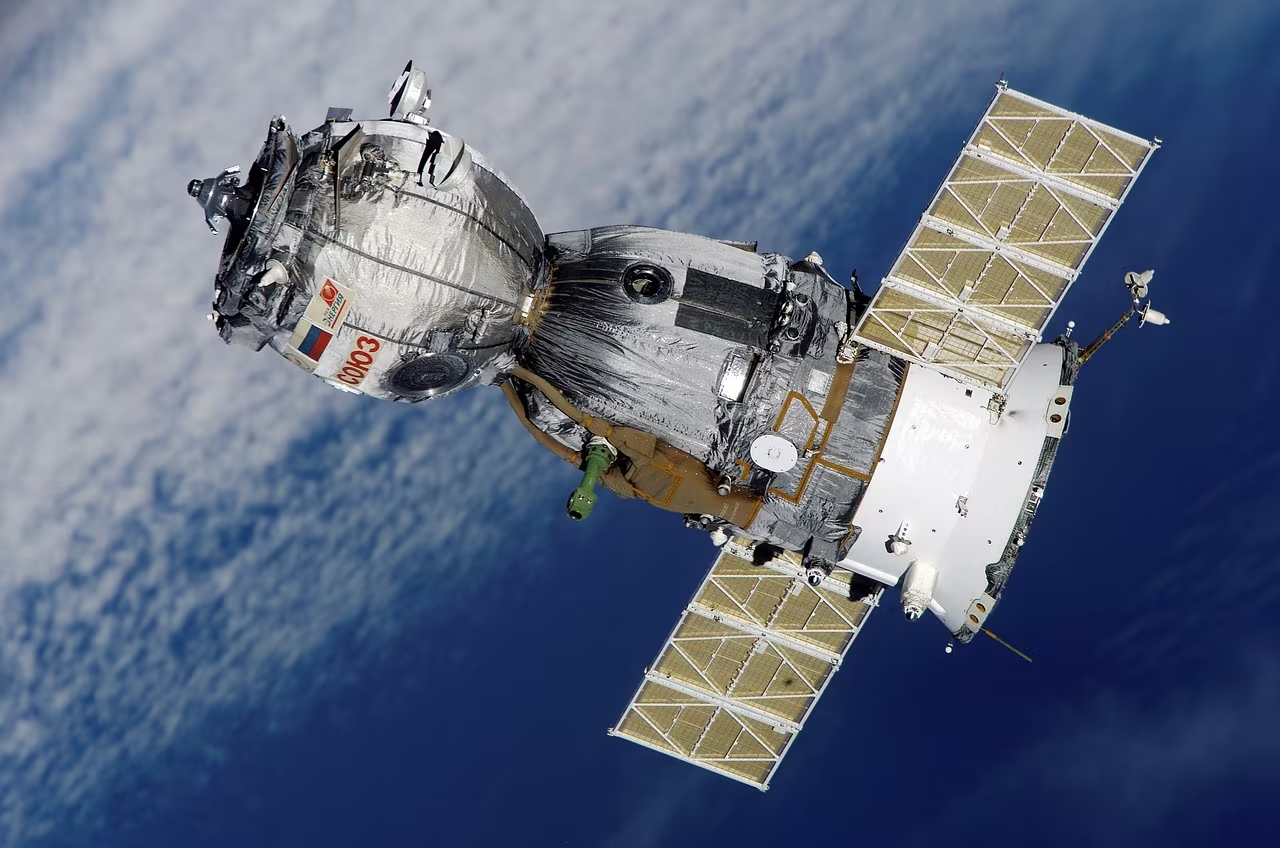The Astonishing Survival of Moss Spores Outside the International Space Station
In a finding that significantly broadens the scope of potential life survival in space, researchers have confirmed that dormant spores from a primitive moss species, Takakia lepidozioides, endured nine months exposed to the brutal vacuum and radiation environment outside the International Space Station (ISS). Upon returning to Earth, the spores demonstrated the ability to regenerate and grow, a result scientists described as “genuinely astonished.”
This groundbreaking experiment provides crucial new data for the field of astrobiology, suggesting that complex, multicellular life forms—not just highly resilient bacteria or tardigrades—possess the necessary mechanisms to survive the harsh conditions of interplanetary travel.

The Experiment: Nine Months in Low Earth Orbit
The survival test was conducted as part of an ongoing effort to understand the limits of biological resilience. The selected organism, Takakia lepidozioides, is already a known extremophile, typically found in high-altitude, cold, and highly irradiated environments, such as the Himalayas and specific regions of Japan. Its natural habitat prepares it for intense environmental stress, including high levels of ultraviolet (UV) radiation and desiccation (extreme drying).
The moss spores were placed in a dormant, dried state within a specialized exposure facility mounted on the exterior of the ISS. For nine consecutive months, these samples were subjected to the full spectrum of the Low Earth Orbit (LEO) environment, which includes:
- Near-Perfect Vacuum: Pressures far lower than anything experienced on Earth, causing rapid sublimation of water.
- Extreme Temperature Swings: Rapid cycling between temperatures near absolute zero in shadow and intense heat in direct sunlight.
- High Radiation Load: Unfiltered cosmic rays and intense solar ultraviolet (UV) radiation, which are highly damaging to biological molecules, particularly DNA.
Why Takakia? A Primitive Survivor
Takakia lepidozioides is considered one of the most ancient and morphologically simple land plants, making it a valuable subject for studying evolutionary resilience. Its structure is unique, lacking the complex leaves and stems of most modern mosses. Researchers hypothesized that its primitive nature might correlate with exceptional hardiness.
The fact that the spores, once rehydrated and returned to controlled laboratory conditions on Earth, were able to resume metabolic activity and growth confirmed this hypothesis far beyond expectations.
“We were genuinely astonished by the results,” stated one of the lead researchers. “The level of survival, especially the potential for growth after exposure to such intense radiation and vacuum, is unprecedented for a complex organism of this type.”
Implications for Astrobiology and Panspermia
The successful survival of Takakia spores has profound implications, particularly for the theory of panspermia—the hypothesis that life, or the building blocks of life, can spread throughout the universe, carried by natural objects like asteroids or comets.
While previous space exposure experiments have confirmed the survival of highly specialized organisms like tardigrades (water bears) and certain bacterial spores (e.g., Bacillus subtilis), Takakia represents a significant step up in biological complexity. It demonstrates that the ability to withstand the space environment is not limited to microscopic, non-plant life.

Redefining the Limits of Life
The resilience demonstrated by the moss suggests that life forms capable of surviving the journey between planets may be more diverse than previously thought. This has critical implications for both the search for extraterrestrial life and the requirements for planetary protection—ensuring that human missions do not inadvertently contaminate other worlds with terrestrial organisms.
Key Biological Takeaways from the Takakia Experiment:
- Increased Complexity: Survival extends beyond single-celled organisms and microscopic invertebrates to include multicellular, plant-like life forms in a dormant state.
- Radiation Tolerance: The spores must possess highly efficient DNA repair mechanisms or superior natural shielding to withstand the cumulative radiation dose over nine months in LEO.
- Interplanetary Transfer Viability: If complex spores can survive LEO conditions, they might survive the transit time within meteorites or protected crevices on spacecraft, potentially seeding life on other worlds, such as early Mars, where conditions may have been more favorable in the past.
This research challenges the traditional view that only the simplest, most robust microbes could survive space travel, opening up new avenues for modeling how life might be exchanged between planetary bodies.
The Future of Extremophile Research in Space
The findings from the Takakia study will inform future astrobiological missions and planetary protection protocols. Understanding the exact mechanisms that allowed the moss to survive—whether it was specific pigments acting as UV shields, or unique protein structures protecting cellular machinery—is the next critical step for researchers.
Future experiments are expected to focus on isolating and characterizing these survival mechanisms. This involves:
- Genetic Analysis: Pinpointing the specific genes or biochemical pathways responsible for the extreme desiccation and radiation tolerance observed in the recovered spores.
- Longer Duration Testing: Exposing samples for periods exceeding one year to simulate longer interplanetary journeys, such as transit to Mars.
- Targeted Environment Simulation: Designing experiments that specifically mimic the environmental conditions of other planetary surfaces (e.g., low pressure, high perchlorates, and cold temperatures found on Mars).
The success of Takakia underscores the incredible adaptability of life on Earth and reinforces the idea that the boundaries between terrestrial biology and astrobiology are constantly being redrawn. It provides tangible evidence that complex life possesses an inherent hardiness that could allow it to persist far beyond the confines of our planet.

Key Takeaways
The survival of Takakia lepidozioides spores in the vacuum of space is a landmark achievement in extremophile research:
- Organism: Takakia lepidozioides, a primitive, multicellular moss species.
- Exposure Time: Nine months outside the International Space Station (ISS).
- Conditions: Near-vacuum, extreme temperature fluctuations, and high cosmic and UV radiation.
- Result: The dormant spores survived the exposure and demonstrated the ability to regenerate and grow upon return to Earth.
- Significance: This finding expands the list of organisms capable of surviving space travel beyond simple microbes, lending support to the feasibility of panspermia and raising critical questions about planetary protection protocols for future missions.
Conclusion
The resilience of this ancient moss, surviving the ultimate test of the space environment, serves as a powerful reminder of life’s tenacity. For the scientific community, the Takakia experiment is not just a curiosity; it is compelling evidence that the biological requirements for surviving interplanetary transit are less restrictive than previously modeled. This discovery will undoubtedly fuel further research into how life adapts to the cosmos, bringing us one step closer to understanding whether life is unique to Earth or a common, hardy phenomenon throughout the galaxy.
Original author: Mike Wall
Originally published: November 22, 2025
Editorial note: Our team reviewed and enhanced this coverage with AI-assisted tools and human editing to add helpful context while preserving verified facts and quotations from the original source.
We encourage you to consult the publisher above for the complete report and to reach out if you spot inaccuracies or compliance concerns.

